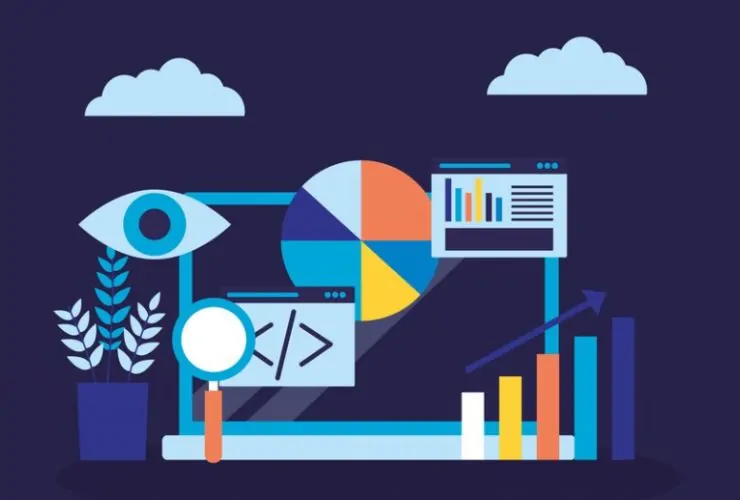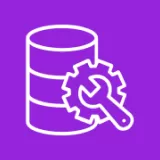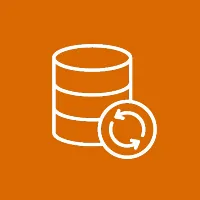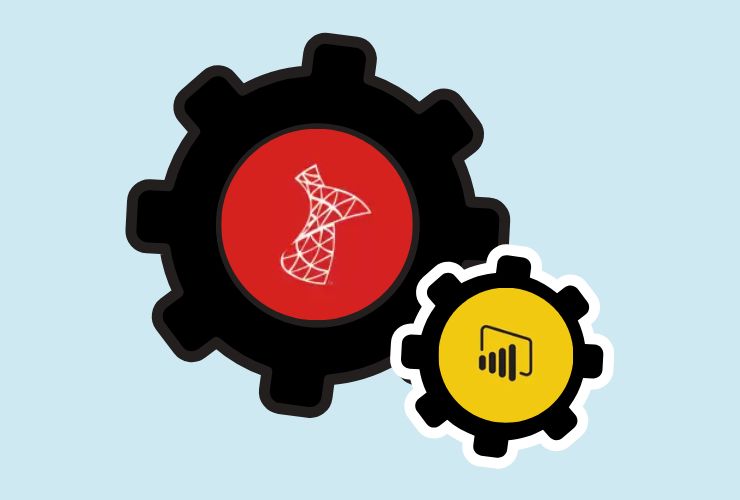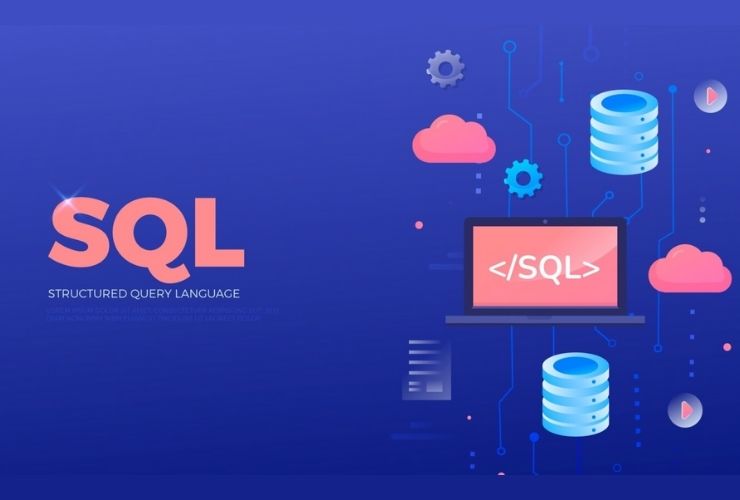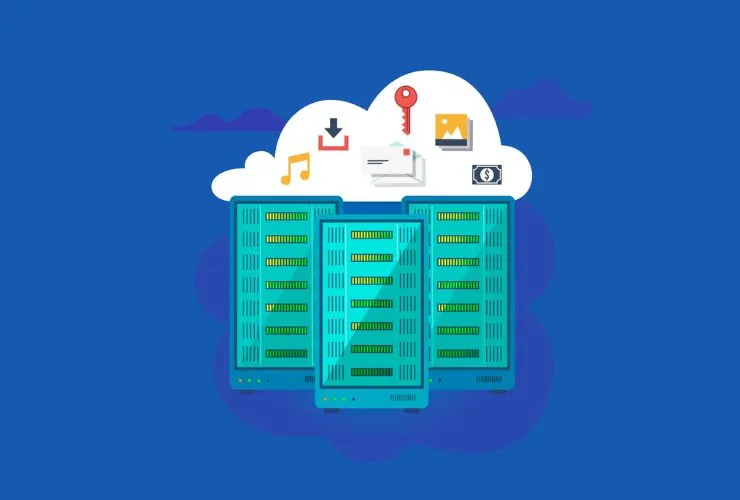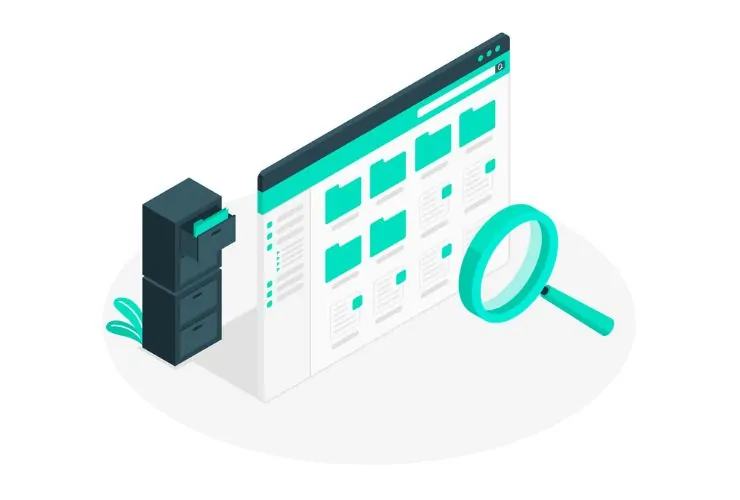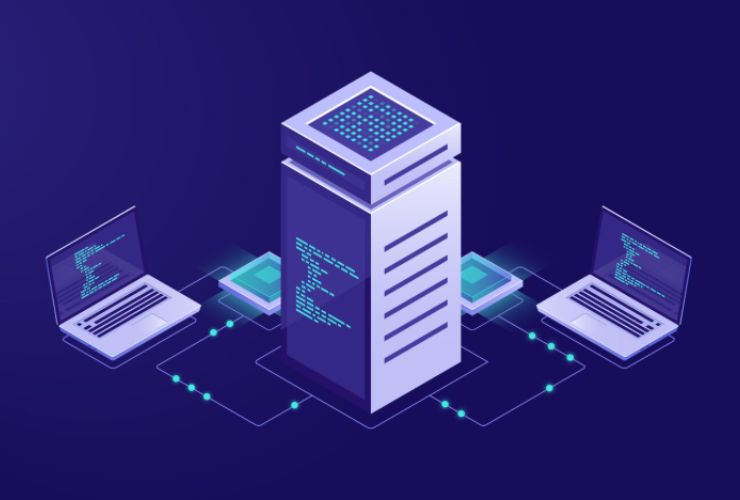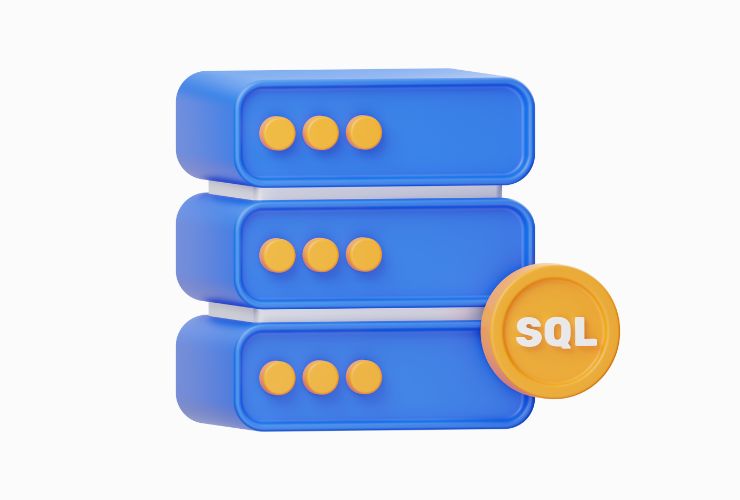SQL has been the true classic as the language through which people interact with relational databases, since its inception and to this date, despite NoSQL and other emerging alternatives, SQL has not gone obsolete but is constantly developing and changing in line with requirements, towards a potential future, which sees SQL develop further as it adapts to new technologies, supports various environments of data, and serves the expanding needs of business. This blog discusses the trends and developments that shape the future of SQL and how it will keep on being a foundation of database technology.
1. Cloud Integration and Cloud-Native SQL
SQL is fast transforming into becoming completely cloud-native with the very rapid growth of cloud computing. For instance, cloud-based SQL databases are unmatched for scalability, reliability, and performance as in Amazon Aurora, Google Cloud SQL, and Azure SQL Database. It is also meant to run dynamic workloads efficiently besides offering the benefits of automatic backups, replication, and disaster recovery.
The other aspect is that cloud-native SQL databases simplify database management since one does not have to set up and maintain servers manually. This development makes SQL accessible to small businesses and startups, thus enabling them to compete with large organizations.
2. The Emergence of Multi-Model Databases
The future is multi-model. SQL databases are being extended to accommodate various data models: graph, document, and key-value stores besides relational data. For instance, with Microsoft Azure Cosmos DB and Oracle Database, users can pick the most appropriate model for their data while keeping the power of SQL queries.
This provides firms with the ability to manage both structured, semi-structured, and unstructured data on a single platform which reduces complexities and increases operational efficiencies, therefore promoting productivity.
3. AI/ML Integration with SQL Databases
AI/ML is highly changing the prospect of SQL Databases. Directly embedding it in a database achieves automated query optimizations, improved indexing, and prediction of DB workloads to facilitate organizations.
For example, smart query assistants can even suggest query optimization, and ML algorithms analyze the historical data to optimize database performance dynamically. That level of automation removes manual tuning to the minimum and assists organizations in processing data faster and more accurately.
4. Autonomous Database Management
The databases themselves are autonomous and take database technology to another level. Using AI, it indexes, patches, fine-tunes performance, and scales systems all without human help. Some of the good examples include Oracle’s Autonomous Database and AWS Aurora Serverless.
This trend reduces the cost of operations while augmenting reliability. As far as databases are concerned, they can identify and solve problems ahead of time, and when more complex autonomous systems are on the table, then the database administrators can focus on strategic initiatives rather than doing repetitive work.
5. Better Security Features
Security tops the list of priorities for any organization, and SQL databases are no exception, now adding advanced features that ensure protection of sensitive data. Encryption, role-based access control, and activity monitoring are now part of the package.
Future SQL databases will be shipped with newer and more developed technologies such as homomorphic encryption, secure multi-party computation among others to process data without the loss of its confidentiality. Also, threat detection and regulatory compliance products including GDPR, HIPAA compliance products would enter the picture.
6. Serverless SQL Databases
As expected, SQL databases are also not exempt from the influence of serverless architecture. This pay-as-you-go pricing model of the serverless model is also part of SQL. With Amazon Aurora Serverless, scaling depends on demand because the infrastructure requires no management hassles-leave it alone to focus more strictly on application development.
Serverless SQL is highly helpful for an application that has mixed workload when it comes to a seasonal platform, such as e-commerce or event-based applications.
7. SQL in Real Time Data Processing
Real-time data processing has seen massive revolution especially in the industry sectors like finance, health care, and retail. Optimized SQL engines capable of processing stream data allow firms to analyze at the time that an event actually takes place.
Integration of SQL capabilities within technologies such as Apache Kafka and Apache Flink allows developers to use real-time analytics on familiar query syntax. Such integration will therefore empower organizations to make data-driven decisions faster than any time in history.
8. SQL for Big Data
SQL is now becoming a larger player in big data analytics. Systems such as Apache Hive, Presto, and Google BigQuery execute SQL queries on large datasets stored in distributed systems. Hence, tools exist that bridge the gap between traditional SQL and big data frameworks, allowing organizations to use existing SQL skills when processing big data.
As volumes increase and flexibility needs rise, SQL stands a fair chance to remain an essential building block of big data.
9. Integration of Graph and Spatial Data
These include some of the contemporary use cases, such as social network analysis, recommendation systems, and more that have to do with graph and spatial data. SQL is now incorporated into these new data types: for example, PostGIS for PostgreSQL and graph support in built-in Oracle and SQL Server.
This allows developers to do complex spatial and network analysis using standard SQL queries, creating new opportunities for innovative applications.
10. SQL in IoT and Edge Computing
IoT and edge computing are generating humongous amounts of data that should be processed in real-time. SQL databases are optimized for the edge environments; this allows for data processing and analysis closer to its source.
The appearance of lightweight SQL engines and distributed architectures is taking place to answer these requirements from IoT applications, which will ensure low latency and high availability.
Conclusion
SQL has very exciting and dynamic future trends, especially in developing cloud-native solutions, AI-driven automation, and real-time analytics. With each of these advances, the ability of SQL evolves in terms of the latest data management trends, and being cognizant of these trends puts businesses in an excellent position to leverage the strengths and flexibilities offered by SQL toward winning the game in this new data-driven world. SQL is not just surviving but flourishing and creating roads for smart efficient database systems that are becoming reality.

